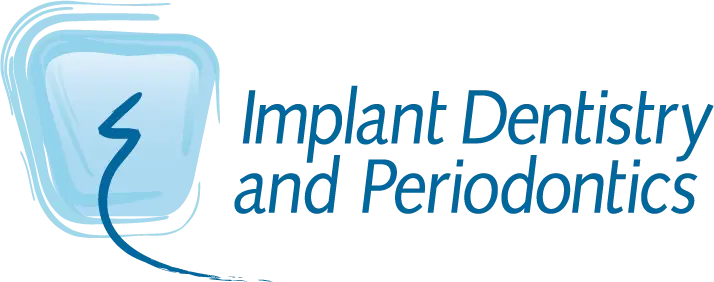Is LANAP Treatment Painful?
Periodontal surgeries help repair and restore gum and bone tissues lost to periodontal disease, and periodontal treatments like dental deep cleaning procedures aim to remove infection and bacteria and restore the oral tissues to health. There are a few different courses of action for patients whose periodontal disease treatment requires surgery. For traditional periodontal surgery, the dentist peels back a flap of gum tissue to clean and disinfect the periodontal pocket between the gum tissue and the tooth and to remove damaged, infected tissue. Once damaged tissue has been removed and the area is thoroughly cleaned, the gums are sutured in place snugly against the teeth. While this reduces periodontal pocket depth, it can result in gum recession and an asymmetrical gum line. If there is insufficient healthy gum or bone tissue available to support and protect the teeth, tissue grafts may be part of periodontal treatment. For some severe cases, traditional surgery is the best option to repair the damages of periodontitis. In many cases, however, LANAP treatment is a viable, and even preferable treatment option. The LANAP procedure is minimally invasive, using no scalpels or sutures; instead, LANAP uses a specialized laser that removes precisely targeted diseased tissue with very little discomfort and a brief, painless recovery period. These laser techniques also provide appealing aesthetic outcomes with very little aesthetic alteration to the smile, a goal that is difficult to achieve with traditional surgical methods.
Traditional gum surgery is often very painful, requiring repeated cuts and sutures in the gum tissue. Recovery can take several weeks and requires a modified diet and special care while cleaning, and pain medication is often prescribed for the recovery period. Recovery from LANAP treatment rarely calls for prescription pain medication and requires very little time; in most cases, patients return to a regular routine within a day or two following a LANAP procedure. Traditional periodontal surgery involves cutting gum tissue at the gum line to reduce the depth of bacteria-laden periodontal pockets, sometimes removing as much as 10-15 millimeters of gum tissue. The resulting gum recession leaves the tooth roots partly exposed, which increases sensitivity and discomfort over the long term. Because the LANAP protocol uses a specialized laser that’s highly focused and precise, LANAP is far more selective and less invasive, removing only diseased tissue and resulting in far less recession in the gum line. This helps keep the teeth protected and retains the natural appearance of the smile. The LANAP laser also destroys the bacteria that cause inflammation in the gums, encouraging the growth and health of new tissues and helping to preserve the health of existing tissues.
The LANAP protocol requires neither cutting nor sutures and supports rapid healing and optimal long-term effects. Providing predictable results, LANAP treatment promotes the regeneration of gum and bone tissue and assists with new attachment between these tissues and the teeth, which helps keep the teeth securely in the mouth where they belong and which protects the teeth from further infection. Other periodontal treatments are painful and require prolonged recovery times, while LANAP is a comfortable, convenient procedure that involves a brief, painless recovery. While LANAP isn’t an option for every patient, your dentist can tell you if you’re a good candidate for the procedure and can help set you on your way to optimal oral health.
